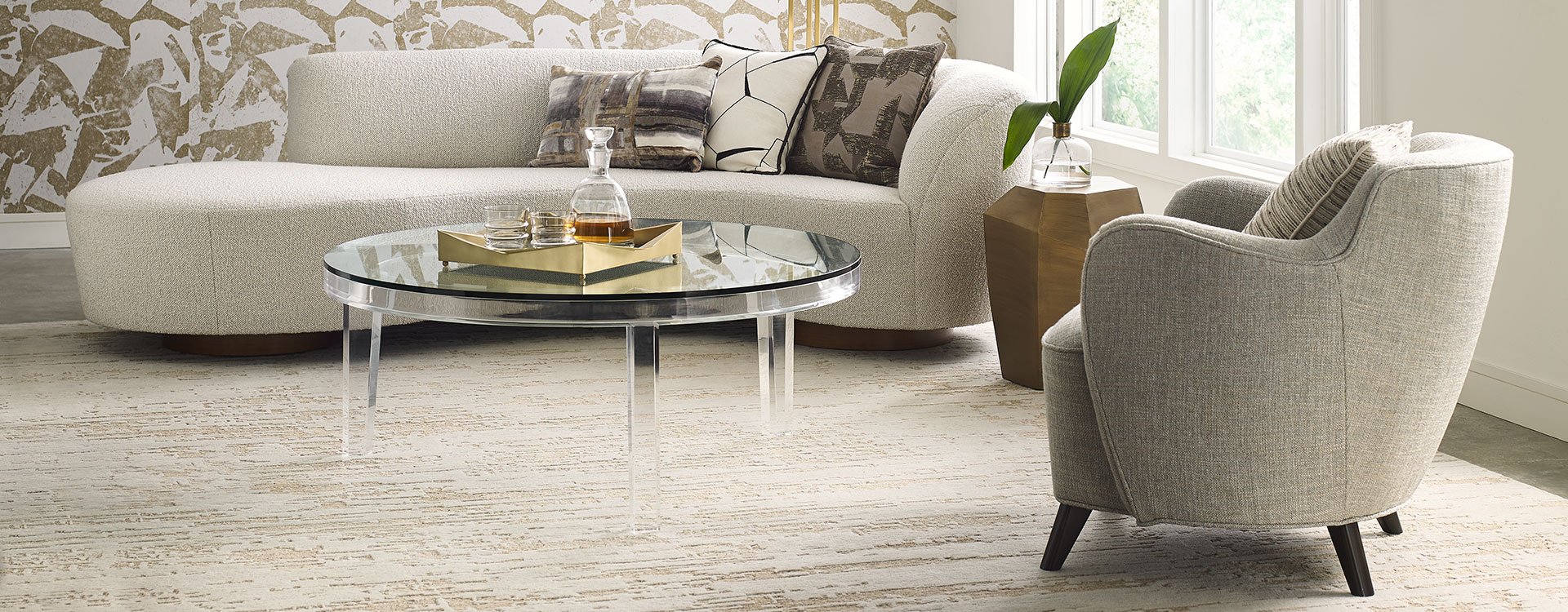Following up on our post describing ongoing Marketplace Challenges for Interior Designers, this week’s post will get into some of the specifics behind those challenges: including skilled labor shortages and product delays.
We are grateful to the folks at FurnitureToday.com for clarifying much of the statistical analysis derived from the Q2 2023 Houzz U.S. Renovation Barometer.
Skilled Labor More Available in 2023
First, the good news: it appears that, overall, carpenters, electricians, cabinetmakers, and other critical, skilled subcontractors are more readily available than a year ago.
“Carpenters are in the shortest supply, followed by electricians and cabinet makers (as cited by 42%, 28%, and 26% of industry pros, respectively). However, at least 30% fewer renovation and design pros are reporting shortages of these subcontractors as compared with [last year’s] survey.”
Still, “Labor shortages continue to be a headwind for the home renovation and design industry. The most significant business impacts include increased project costs (81%), subcontractor compensation (72%), and project length (71%).”
Product Shortages and Delays
While we are certainly seeing improvement in the supply-chain backlog, “construction and design professionals [continue to face] challenges in securing the items they need to complete their projects.”
“Nearly half of businesses not only report moderate to severe shortages of products and materials (49%), but also shipping delays once purchased (63%). Material challenges are greatest with copper or brass (47%), followed by lumber or plywood (46%), drywall (40%), and aluminum (40%).”
Unfortunately for interior designers and furnishing dealers, some of our most important product categories continue to be plagued by shortages and shipping delays.
“Delays in the arrival of cabinetry (96%), indoor furniture (95%), windows (94%), outdoor and indoor doors (94% and 93%, respectively), and lighting fixtures (92%) are top of mind for design professionals as they plan their projects.”
Things Are Improving
Yet, there is a light at the end of the proverbial tunnel.
“Nearly eight out of 10 of residential construction and design businesses (79%) report moderate to severe shortages in the past quarter, down from 91% of businesses in Q2 2022.”
Although some believe this good news to be a result of bad news; that is, a slight drop in new projects reported at the end of last year, we take a more positive outlook. If the traffic we saw at Spring Market and the myriad of new products from furnishings manufacturers are any indications, things are looking up all over!
Are you still struggling to find solutions to labor shortages and product delays in your design business? While he may not have all the answers (and does not happen to be captaining any container ships at present), Ted does have more than a quarter-century of experience in the design and luxury furnishings businesses. He is available for business consulting to the trade.
To learn more, simply… Contact TD Fall today.





